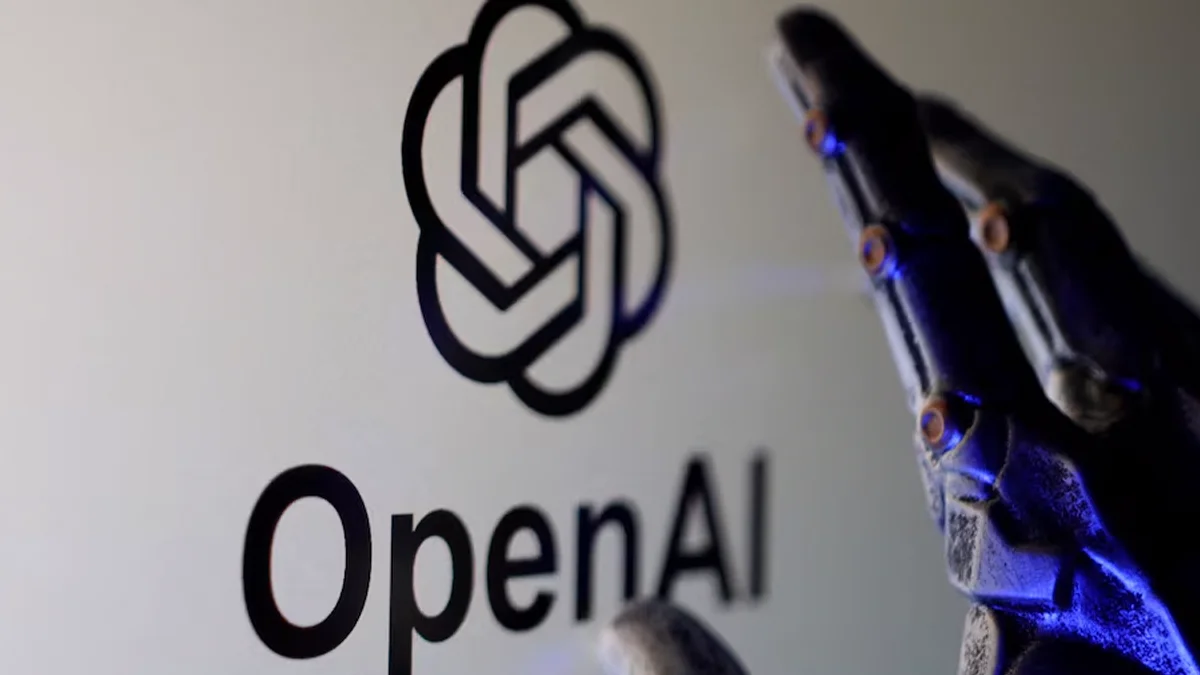Necessary Always Active
Necessary cookies are required to enable the basic features of this site, such as providing secure log-in or adjusting your consent preferences. These cookies do not store any personally identifiable data.
|
||||||
|
||||||
|
||||||
|

OpenAI and Google have formed an unexpected partnership in a major shift for the artificial intelligence (AI) industry. As reported by Reuters, this deal enables OpenAI to utilize Google Cloud’s advanced infrastructure to meet its increasing demand for computing power. The OpenAI and Google partnership is especially surprising because the two companies are seen as major rivals in the AI race. However, with the rising demand for high-performance computing, this collaboration demonstrates that even fierce competitors can come together to address common challenges.
Since 2019, OpenAI has mostly used Microsoft Azure to host and run its AI systems. This was part of a large investment deal where Microsoft became OpenAI’s main cloud partner. But in early 2025, that exclusive agreement ended. OpenAI then began searching for other cloud providers to support its fast-growing infrastructure needs.
That’s where Google Cloud came in and finalized an agreement in May, giving OpenAI access to Google’s powerful TPUs (Tensor Processing Units) and data centers. These TPUs were previously used only by Google itself, especially for projects by DeepMind. But now, OpenAI can use this tech to boost the performance of its AI tools.
Using Google’s Cloud AI hosting gives OpenAI more flexibility. The company is also working on other major projects like Stargate, a $500 billion data center initiative with Oracle and SoftBank, and is even developing its chips. This partnership with Google supports OpenAI’s model diversification in its cloud strategy while continuing to grow fast.
As Reuters stated, “The deal … underscores the fact that the two are willing to overlook heavy competition … to meet the massive computing demands.” OpenAI now has a more balanced and flexible setup to meet the needs of its growing user base.
For Google, this deal is a major success as it brings OpenAI, a leader in generative AI, onto its customer list, giving a strong boost to Google Cloud’s reputation. In 2024, Google Cloud generated $43 billion in revenue, making up 12% of Alphabet’s total income. Winning OpenAI as a client could help Google catch up with Microsoft and Amazon in the race to host AI startups.
However, this move comes with its challenges. Google CFO Anat Ashkenazi admitted that demand for Google’s computing resources has been very high, and in some cases, they could not meet it. Now, with OpenAI as a customer, Google must find the right balance between supporting outside companies and keeping enough resources for internal teams like DeepMind.
Still, Google is confident. One source told Reuters, “This is less about rivalry and more about keeping hardware busy.” In other words, Google wants to make the most of its investment in AI chips and cloud services by putting them to good use, even if it means helping a competitor.
The OpenAI data storage decision also reflects a practical business strategy. Both companies are responding to industry demand and using their resources wisely. It’s a partnership that serves both sides.
OpenAI is continuing to invest in its infrastructure, along with the Stargate project, it also has deals with cloud companies like CoreWeave and is designing its own AI chips. These efforts will help OpenAI gain more independence over time, but for now, partnerships like this one with Google help meet urgent computing needs.
For Google, the deal supports its role as a neutral AI cloud provider. The company is already working with Apple, Anthropic, and other AI firms, despite having its own AI tools. By acting as a flexible and open cloud provider, Google is building trust with startups and enterprises in the AI ecosystem.
This trend is likely to grow, and organizations may continue to diversify their cloud infrastructure across multiple providers to stay flexible and avoid vendor lock-in. And as demand increases, we may see more AI rivals‘ collaboration deals in the future. It’s a reminder that, in the fast-paced world of AI, working together can help everyone move faster.